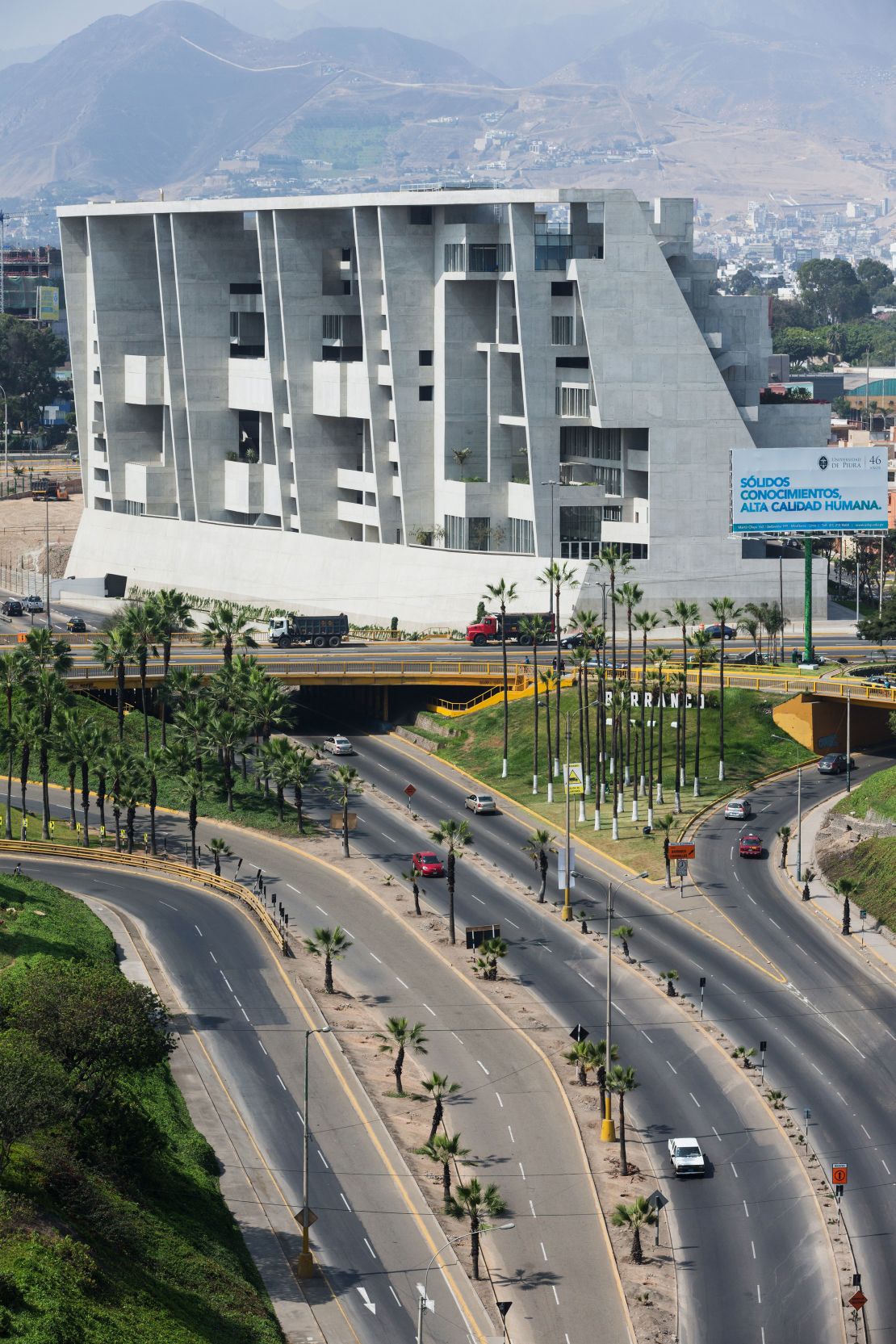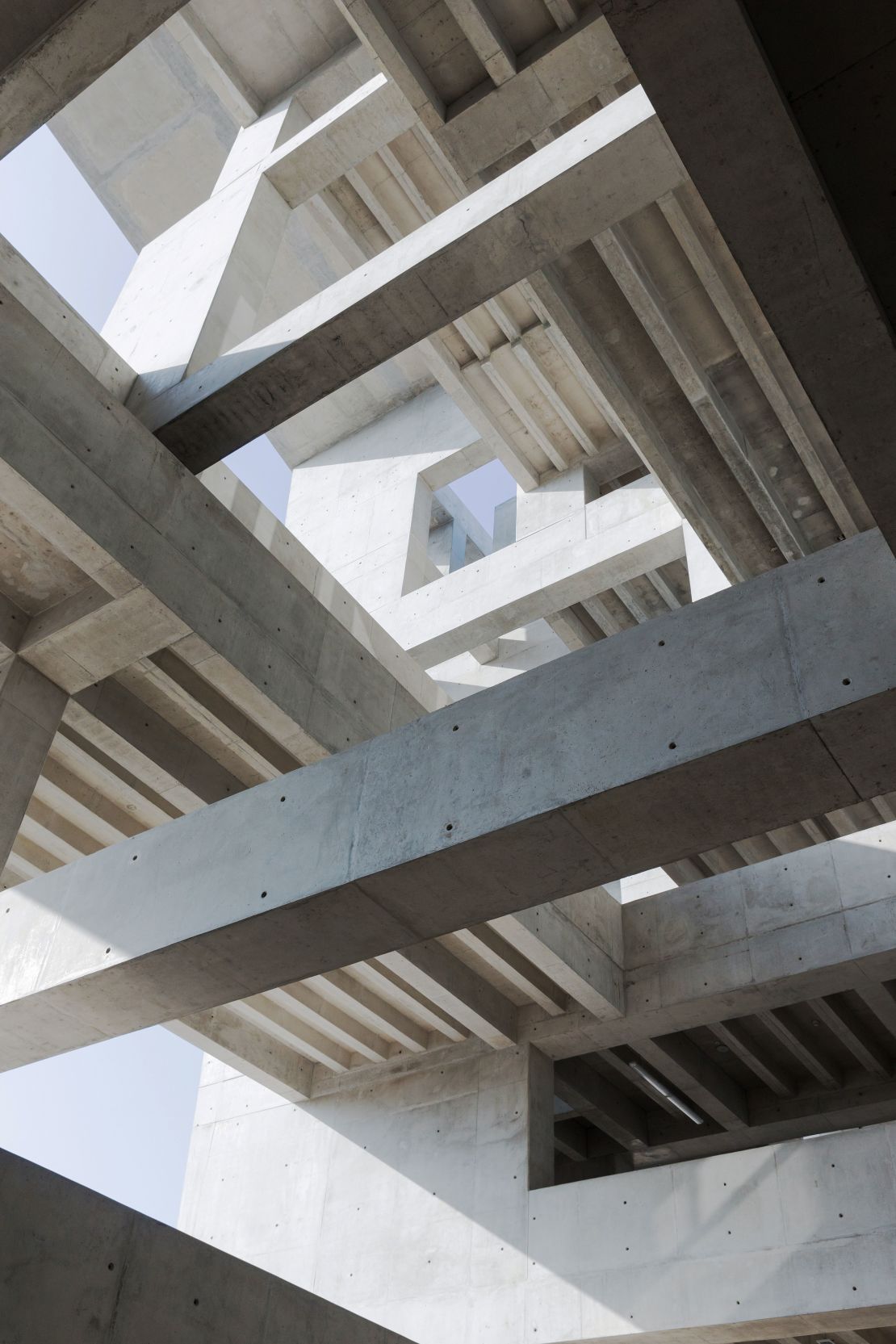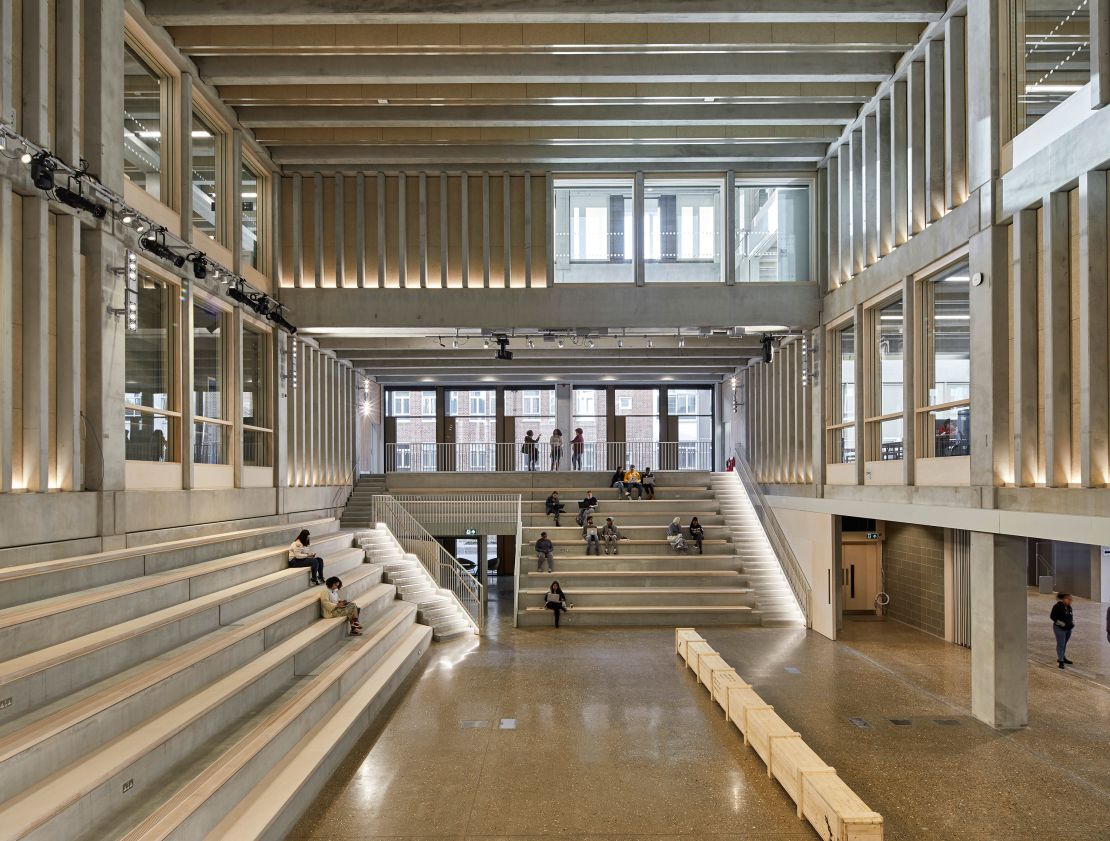Yvonne Farrell and Shelley McNamara have won the 2020 Pritzker Prize, becoming only the fourth and fifth women to claim architecture’s equivalent to the Nobel Prize in its 41-year history.
The Irish pair, co-founders of Dublin-based firm Grafton Architects, were named this year’s laureates in recognition of their “unceasing commitment to excellence,” it was announced Tuesday.
Known for robust creations in concrete and stone, Farrell and McNamara have been prolific in their native Ireland, also working across Europe and elsewhere. The duo has produced dozens of residential, commercial and civic buildings since opening their practice in 1978, including new offices for Ireland’s Department of Finance in Dublin, and the striking Solstice Arts Centre in the nearby town of Navan.
Grafton Architects is best known, however, for educational buildings. The firm was thrust into the global spotlight in 2008, when its design for Bocconi University’s Milan campus – a sturdy shell of stone-clad structures atop subterranean lecture halls carved beneath the city’s surface – was named World Building of the Year at the World Architecture Festival.

The practice has gone on to design buildings for academic institutions including University College Dublin, the Toulouse School of Economics and the London School of Economics. Perhaps most notable among them is the University of Engineering and Technology’s campus in Lima, Peru, which won the prestigious RIBA International Prize in 2016.
Composed of teaching spaces and offices dramatically stacked into what the firm describes as a “man-made cliff,” the project is typical of the pair’s output, which often comprises solid, imposing volumes that mark urban landscapes rather than blend into them. Yet Farrell and McNamara were also praised by the Pritzker Prize judges for their ability to “maintain a human scale and achieve intimate environments” through clever plays of light and warm interiors.

“Without grand or frivolous gestures, they have managed to create buildings that are monumental institutional presences when appropriate,” read the jury’s citation, “but even so they are zoned and detailed in such a way as to produce more intimate spaces that create community within.”
A ‘male-dominated profession’
Tuesday’s announcement marks a significant step for an award long criticized for its lack of female representation.
It wasn’t until 2004 that Zaha Hadid became the first woman – and, to date, the only solo female architect – to claim the Pritzker Prize. Kazuyo Sejima became the second woman laureate in 2010, when she was jointly recognized alongside her firm’s co-founder, Ryue Nishizawa. Carme Pigem was named laureate as one of a trio of architects to claim the honor in 2017.
Controversy has also centered around the apparent omission of winning architects’ female partners. When Wang Shu, a member of this year’s jury, became the first Chinese laureate eight years ago, he told the LA Times that he believed his wife and partner Lu Wenyu should have shared the honor.

The following year, a petition called for American architect Denise Scott Brown to be retroactively acknowledged as joint winner of 1991’s prize, which had been solely awarded to her husband and creative partner Robert Venturi. At the time of the campaign, Scott Brown told CNN that the prize was based on the fallacy that great architecture results from “single lone male genius,” rather than collaboration.
This year’s jury – made up of architects and academics, and chaired by US Supreme Court Justice Stephen Breyer – recognized that architecture remains a “male-dominated profession.” Its statement went on to describe Farrell and McNamara as “beacons to others as they forge their exemplary professional path.”
First awarded to the American Philip Johnson in 1979, the Pritzker Prize honors living architects who display a combination of “talent, vision and commitment.” Farrell and McNamara are described by award organizers as the first Irish recipients, though 1982’s laureate, the late Irish-American architect Kevin Roche, was born and educated in Dublin.
High-profile former laureates include Frank Gehry, Norman Foster and Rem Koolhaas. Last year’s prize went to Arata Isozaki, the eighth Japanese architect to be awarded the honor.

The annual award, founded by members of the family behind the Hyatt Hotel chain, is modeled on the Nobel Prize. Farrell and McNamara will share a $100,000 grant and be presented with bronze medallions at a ceremony later this year.
“Architecture could be described as one of the most complex and important cultural activities on the planet,” Farrell said in a press statement. “To be an architect is an enormous privilege. To win this prize is a wonderful endorsement of our belief in architecture.”
McNamara meanwhile called the recognition “extremely gratifying,” adding in a statement: “Within the ethos of a practice such as ours, we have so often struggled to find space for the implementation of such values as humanism, craft, generosity, and cultural connection with each place and context within which we work.”
Beyond their architectural output, Farrell and McNamara have filled various teaching posts and were joint curators of the 16th Venice Biennale of Architecture in 2018. They were recently awarded the 2020 RIBA Gold Medal, another major architecture award that has faced criticism for its dearth of female winners.












